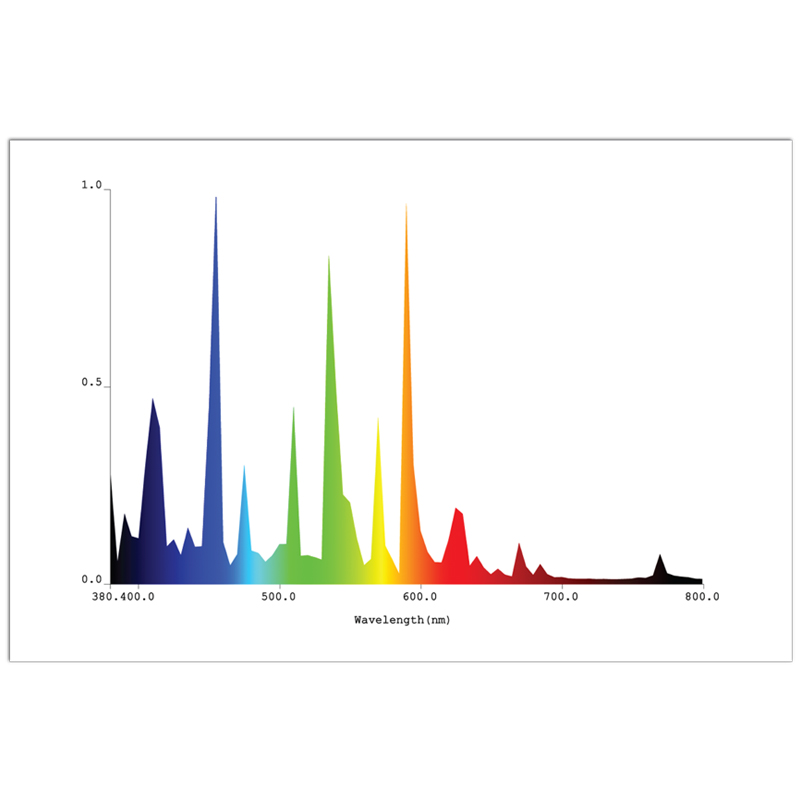Interesting.
I saw Bruce bugbee stuff on youtube so it definitely has an effect on photosynthesis, but the real questions are how much do you need, is there a particular balance one must search for in order to get the most from it, and can you over do it?
I looked at the width of spectrum white LEDs cover and decided I wanted at least 10% of the power put there, to be put where they run out. So 600w of LED are supported by 60w of Halogen when I use them. However, if you just want some 730nm then that's a thin sliver of spectrum compared to the width the whites cover. Nothing like 10%. Though such an approach is quite rough.
I didn't notice VG's point about the added IR speeding his flower time before. It's a little surprising. My thoughts are quite the opposite. Based on what little I have done and the mechanism at play. Any sort of shade response is growth behaviour not bloom. Getting to be the tallest is very important if a girl is to survive. Flowering is secondary. I can't think where I read it though. I know my LED plants rapidly pull a week ahead of my HID one's. I do have 660s in with my whites but that's visible. I have only used the Halogen a couple of times to get some stretch but each time flowered a week longer. Though that might be simply because I wasn't happy, my notes were a little weak..





